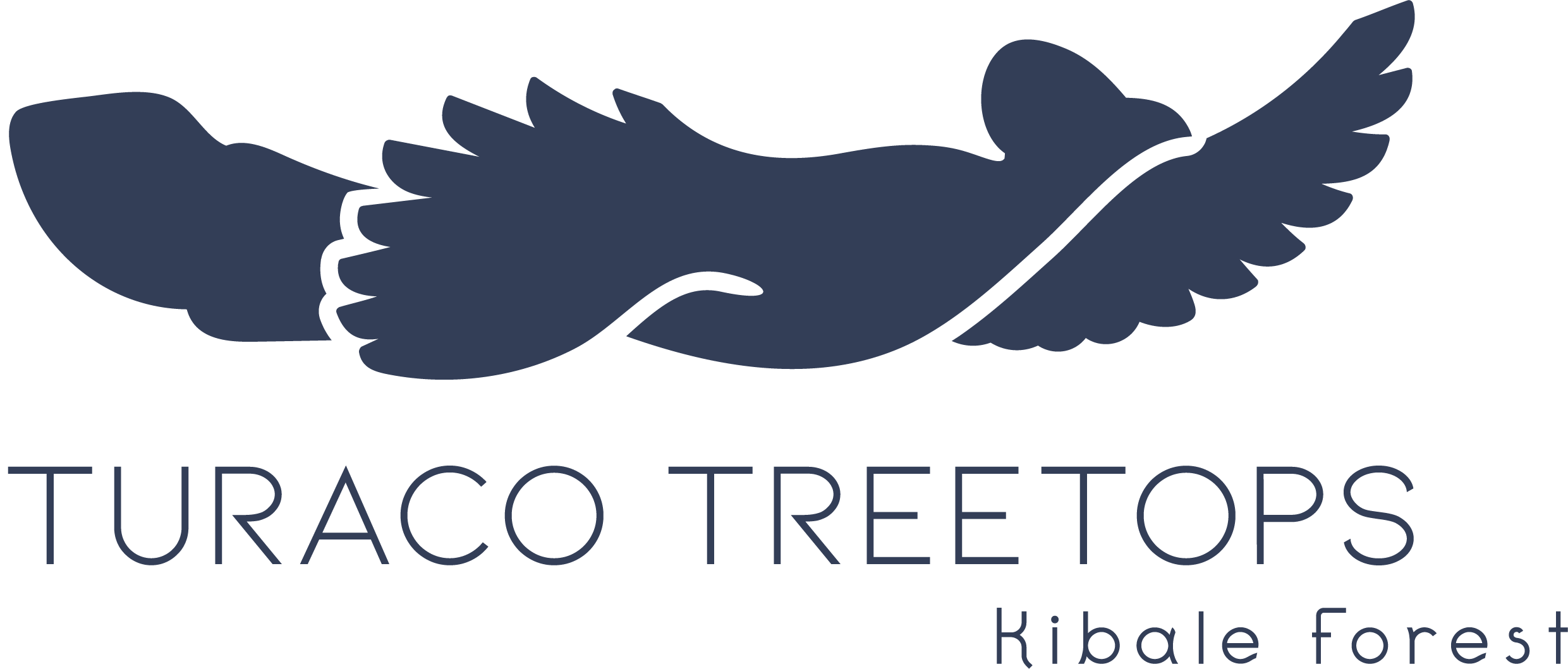

“Education is key in promoting agroforestry”
For George Owoyesigire, nature conservation is his life’s mission. The CRFF board member grew up close to Kibale Forest and the chimpanzees have a special place in his heart. “Agroforestry is an important model not yet practiced in many parts of Uganda.”
“I was influenced by my father who worked as a forester,” tells George Owoyesigire when asked why he joined the CRFF. His love for the forest and chimpanzees led him to become a primatologist.
Following his master’s degree in Primate Conservation from Oxford Brooke’s University in the UK, he worked as Field Programmes Officer with the Jane Goodall Institute in Uganda. He had previously worked as a Monitoring and Research Assistant at Kibale Forest (later transformed into Kibale National Park) and later became a Warden for Research Warden with the Ugandan Wildlife Authority.
“The CRFF complements our work,” says Owoyesigire, who is currently the Acting Commissioner Wildlife Conservation at the Ugandan Ministry of Tourism, Wildlife and Antiquities in Kampala. “CRFF contributes to what we would like to achieve: the conservation of species and restoration of wildlife habitats.”
And that needs a multi-pronged, integrated approach, ranging from raising awareness and education of local communities and engaging them in conservation to promoting agroforestry and eco-tourism.
Limited knowledge about importance of conservation
“In a number of instances people do not understand the implications of cutting down trees,” observes Owoyesigire. “How it affects the rainfall cycle, displaces wildlife that goes on to roam in the villages and destroy crops, and how conservation contributes to the local and national economy.”
Tourism is increasingly becoming an important aspect and contributor to Uganda’s economy. “For instance, ecolodges attract tourists to the region which in turn increases our national revenues. They create vital local employment, and this reduces potential pressure on the forest from the local people. People who would cut down trees and/or poach animals can find work with a lodge or one of the service suppliers. Lodges buy local food and forest products, hire guides, need drivers, guards, and so on.”
Ecolodges also support conservation. For example, the Turaco Treetops lodge has taken an important step and set up CRFF to strengthen protection and conservation of Kibale Forest’s boundary and buffer zone so people and wildlife can thrive. The agroforestry practices being promoted by CRFF can support the local climate and nature-friendly agricultural practices in the area.
Central role for agroforestry in forest protection and poverty alleviation
“We need trees,” says Owoyesigire. The human population is growing and will ultimately need forestry products and increased food production. Uganda’s population grew from 6 million in 1959 to an estimated 45 million to date. This comes with increasing demand for agriculture land, deforestation and degradation of wildlife habitats. Agroforestry helps to increase the number of indigenous trees and improve local climate. Agroforestry provides an opportunity for local communities not only to stabilize their income but also improve crop production, he says. “If you destroy areas, you get long dry spells during which nothing grows.”
Agroforestry helps to increase the number of indigenous trees and improve local climate. Agroforestry provides an opportunity for local communities not only to stabilize their income but also improve crop production, he says. “If you destroy areas, you get long dry spells during which nothing grows.”
Agroforestry, however, is not yet practiced in many parts of Uganda according to Owoyesigire. This has various reasons, he explains.
“To begin with, a number of people do not understand the concept of agroforestry and its benefits. Secondly, they fear for competition between crops and the indigenous trees. Thirdly, land availability is limited. People want the highest yield and mixing trees and crops doesn’t directly lead to higher yields. Fourthly, people do not have access to favorable tree species or the required skills and knowledge to meaningfully promote or practice agroforestry.”
“I am glad that, the CRFF is positively and closely working with local communities to promote agroforestry as a conservation and development initiative. The model provides an important opportunity for local communities to visit, learn and hopefully adopt on their respective farms”.







